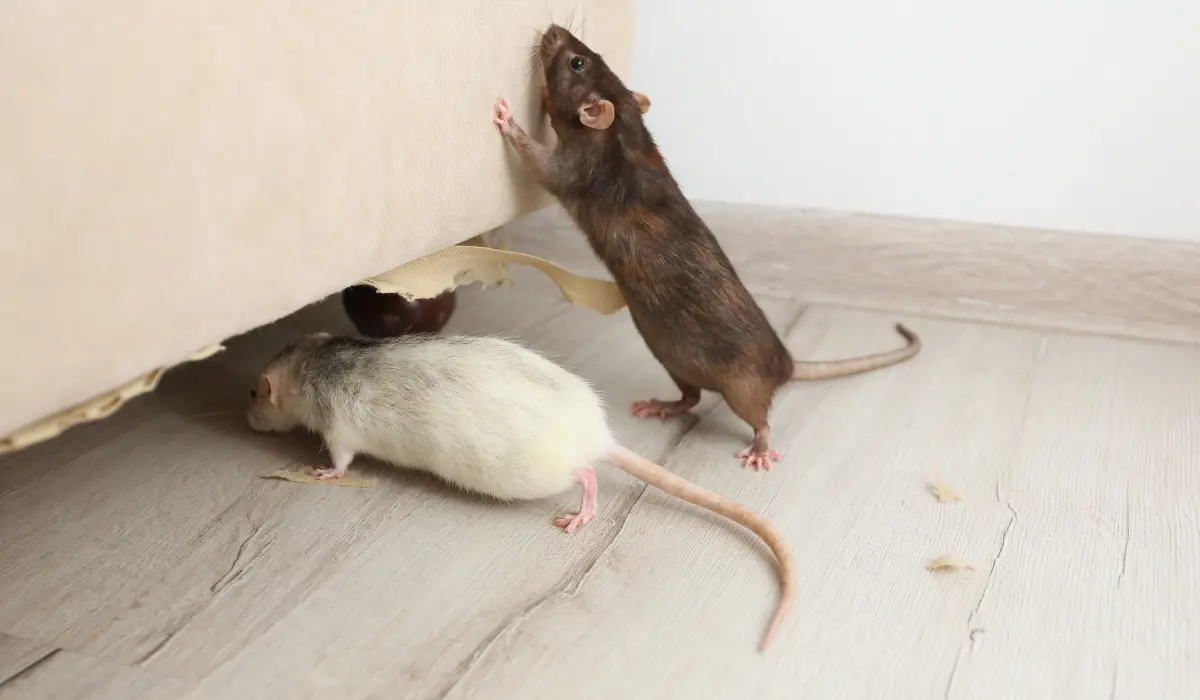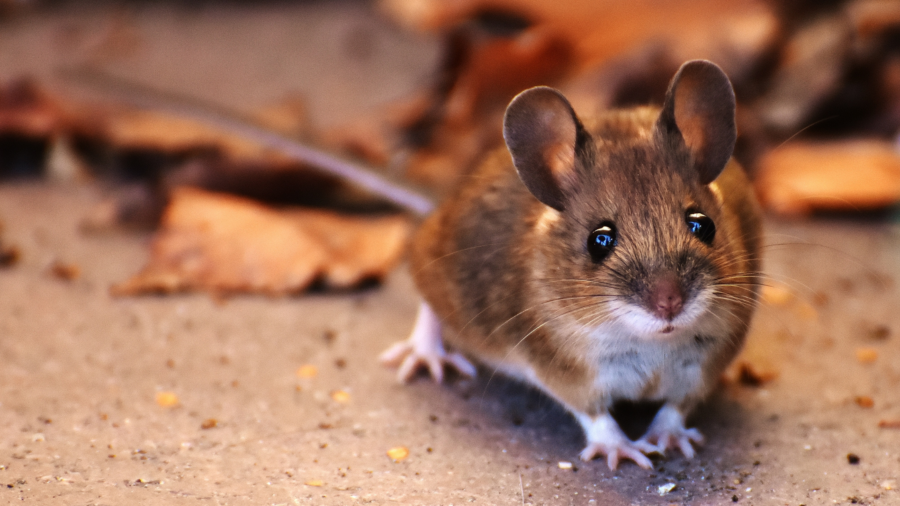Pest Risk Zones for Rentals: What You Need to Know
Share
When it comes to renting properties, understanding the pest risk zones for rentals is crucial for both landlords and tenants. Whether you're a seasoned landlord or a first-time renter, the threat posed by pests can be both a financial and health concern. This article delves into the various pest risk zones, offering insights on how to manage and mitigate these risks effectively.
Renting a property comes with its own set of challenges, and pests are undoubtedly one of the most unwelcome. From bed bugs in urban apartments to rodents in suburban houses, recognizing and addressing these risks is essential. Let's explore what constitutes a pest risk zone and how you can protect your rental property.

Identifying High-Risk Areas
Understanding the geography of pest infestations is key to identifying high-risk areas. Urban settings often face problems with bed bugs and cockroaches, while rural rentals might deal with larger pests like rodents and even wildlife. Knowing your area's common pest issues can help in taking preemptive measures.
In cities, densely populated areas tend to have higher instances of certain pests due to the close proximity of people and availability of food sources. Conversely, rural areas may face challenges with pests seeking shelter in buildings, especially during colder months. Therefore, location plays a significant role in determining the type of pest risks you might face.
Seasonal Pest Patterns
Just as the seasons change, so do the types of pests you may encounter. Understanding seasonal patterns is crucial for effective pest management. For instance, spring and summer are prime times for ants and mosquitoes, while fall and winter might invite rodents seeking warmth inside your rental property.
By recognizing these patterns, landlords can implement seasonal pest control measures. Regular inspections and maintenance during these times can prevent infestations before they become problematic. For a detailed guide on seasonal pest prevention, you can check out how to prevent pests in your Airbnb.
Prevention Strategies for Landlords and Tenants
Both landlords and tenants play crucial roles in preventing pest infestations. Landlords should ensure regular pest inspections and maintain properties adequately to deter pests. This includes sealing entry points, fixing leaks, and ensuring proper waste management.
Tenants, on the other hand, should be vigilant about cleanliness and report any signs of pests to their landlords immediately. A collaborative approach is essential in maintaining a pest-free environment. For tips on sealing entry points, you can visit how to seal rodent entry points.
The Role of Technology in Pest Management
In recent years, technology has become a pivotal component in pest management. From AI-powered inspections to remote monitoring, tech-enhanced solutions are revolutionizing how landlords and tenants deal with pests. These innovations not only provide real-time data but also offer preventive insights that can save time and money.
For instance, remote pest monitoring systems can alert landlords to potential infestations before they become severe. AI technology can also predict pest patterns based on environmental data. To learn more about tech solutions, visit tech enhanced pest inspections.
Legal Implications and Responsibilities
Understanding the legal responsibilities concerning pest control in rental properties is vital. Laws vary by location, but generally, landlords are responsible for ensuring the property is habitable and pest-free at the start of a tenancy. This includes carrying out necessary pest control measures and repairs.
Tenants also have responsibilities, such as maintaining cleanliness and reporting pest problems promptly. Knowing these legal obligations can prevent disputes and ensure a harmonious landlord-tenant relationship. You can explore more about landlord and tenant responsibilities regarding pest control on Including Pest Control Services.

FAQ
What are the most common pests in rental properties?
The most common pests include bed bugs, cockroaches, rodents, and ants. The prevalence of each depends on the location and climate.
How can tenants prevent pest infestations?
Tenants can prevent infestations by maintaining cleanliness, properly storing food, and promptly reporting any pest sightings to landlords.
Are landlords legally obligated to control pests?
Yes, landlords are generally required to provide a habitable environment, which includes taking necessary pest control measures at the start of a tenancy.
